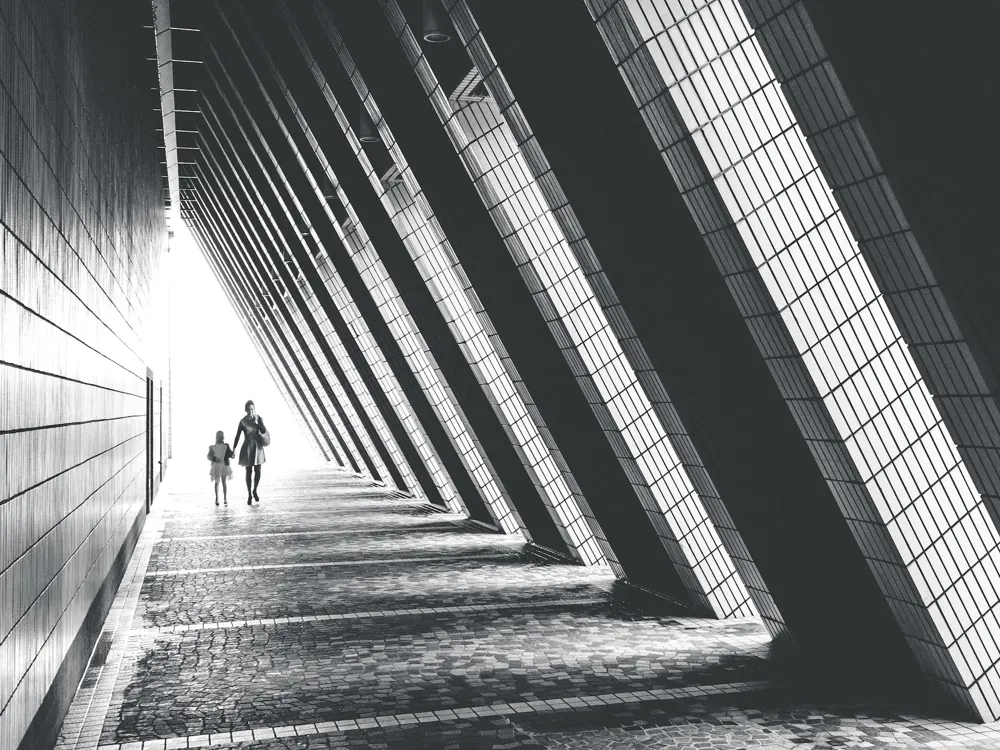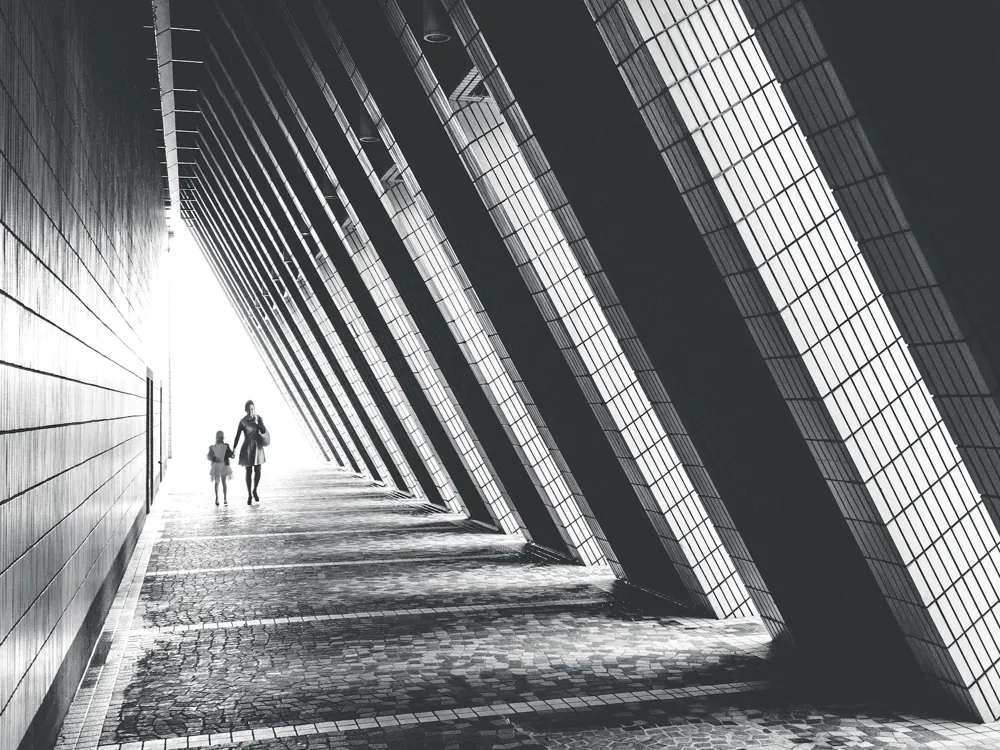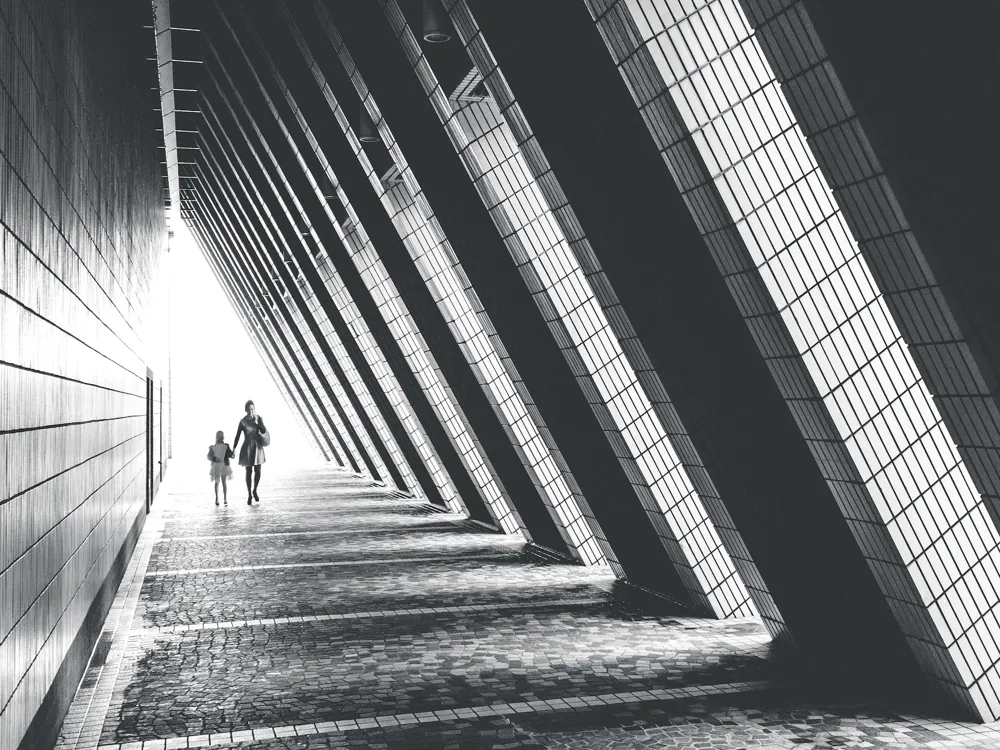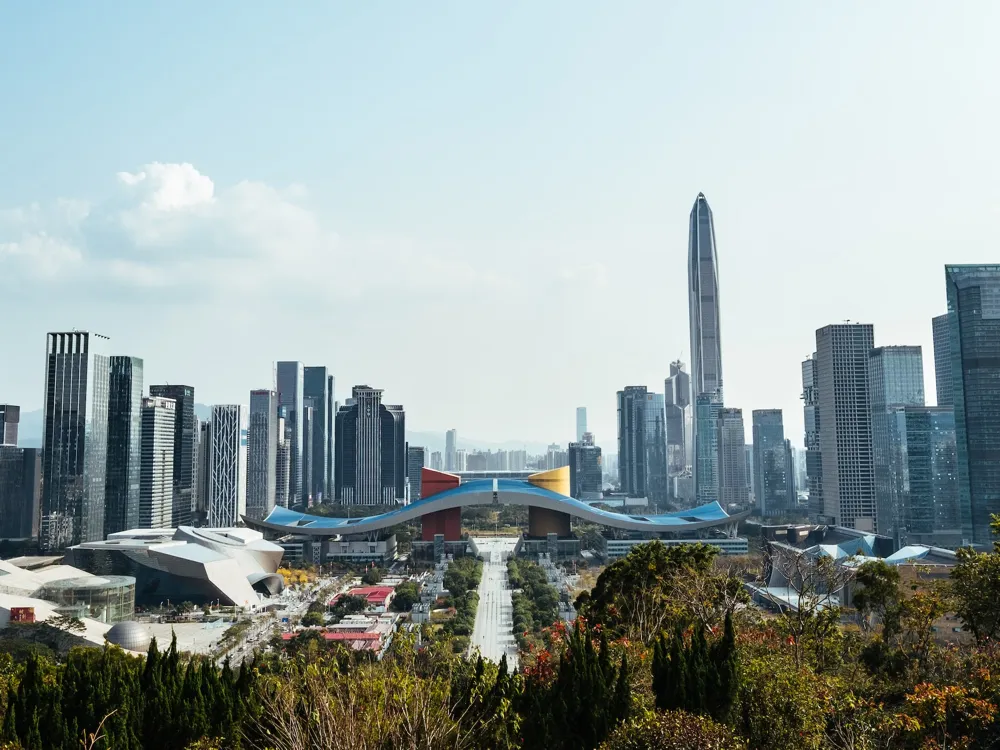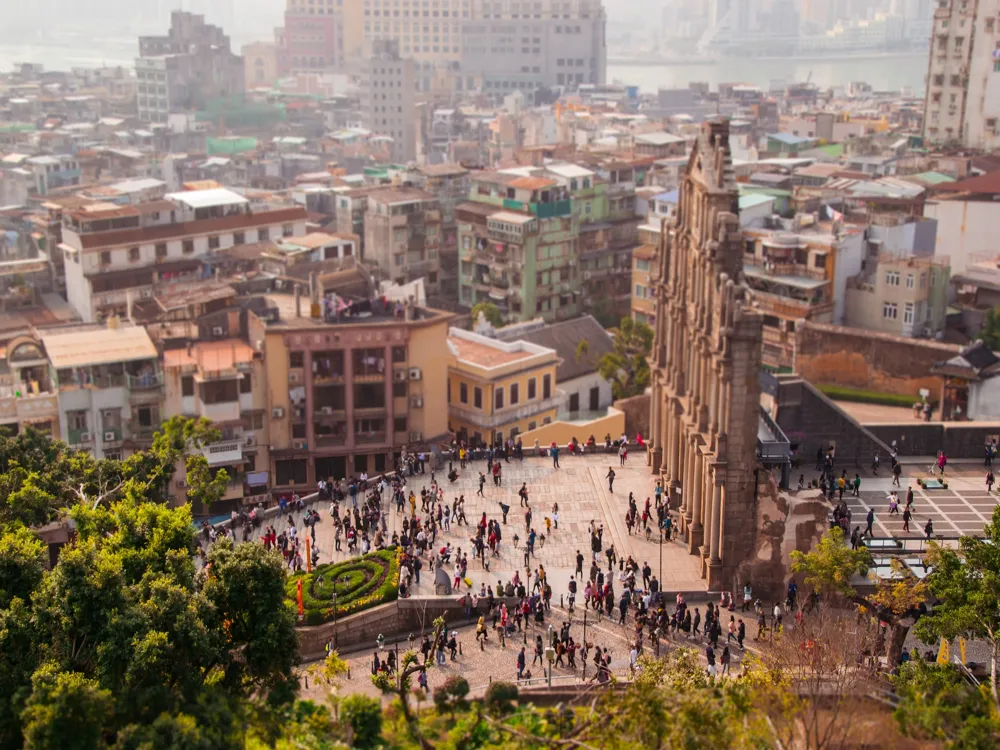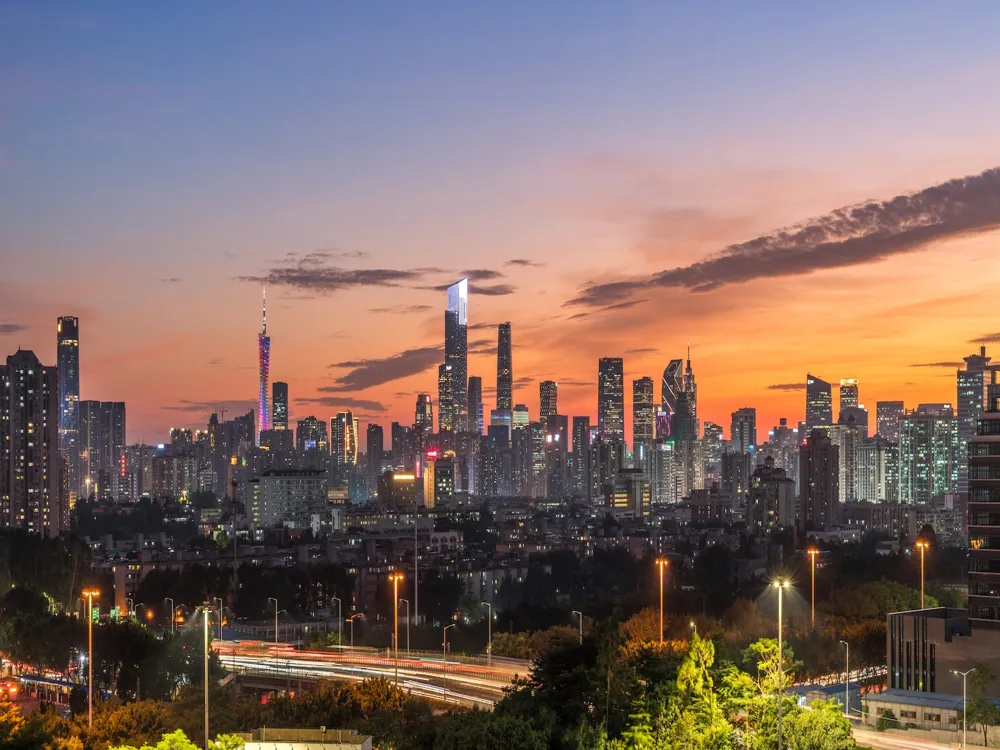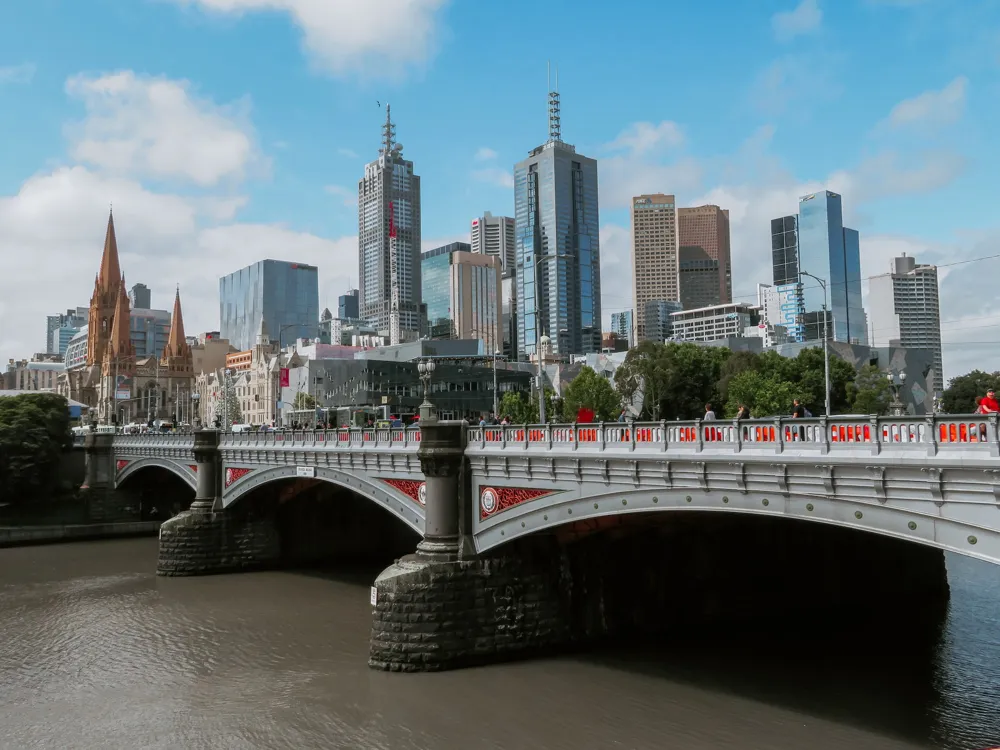The Former Central Magistracy of Hong Kong, a beacon of historical significance, stands as a testament to the city's colonial past. Constructed in 1914, this iconic building served as a magistracy until 2005, playing a pivotal role in the judicial history of Hong Kong. Situated in the heart of the city, adjacent to the Victoria Prison and the Central Police Station, it forms part of the Tai Kwun Centre for Heritage and Arts, a cultural and leisure destination. The magistracy's history is rich and multifaceted, reflecting the societal changes and legal evolution of Hong Kong. Over the years, it has witnessed numerous high-profile cases and legal reforms, making it an integral part of the city's narrative. The building itself, now a Grade II historic building, offers a glimpse into the colonial architecture and the legal system of the time. Its legacy extends beyond its architectural grandeur, encapsulating the complex interplay between law, society, and history in Hong Kong. Today, the Former Central Magistracy stands not only as a monument of historical importance but also as a symbol of the city's continual transformation. It attracts thousands of visitors annually, who come to marvel at its architectural beauty, delve into its storied past, and understand its role in shaping the Hong Kong of today. The building's preservation and its current role as part of Tai Kwun serve as a bridge connecting the past to the present, making it a must-visit for anyone interested in the rich tapestry of Hong Kong's history. The architecture of the Former Central Magistracy of Hong Kong is a magnificent representation of the Edwardian Baroque style, a popular architectural trend in the British Empire during the early 20th century. This style, characterized by its grandeur and ornate detailing, is evident in the building's imposing façade, elaborate stonework, and symmetrical design. The magistracy's exterior is adorned with granite and red bricks, creating a striking contrast that enhances its visual appeal. The building's entrance, marked by a grand portico supported by Doric columns, sets the tone for its majestic interior. The elaborate use of timber and wrought iron in the courtrooms, along with the intricate plasterwork, reflects the attention to detail and craftsmanship of the era. Inside, the building's layout is equally impressive. The main courtroom, with its high ceilings and large windows, allows for ample natural light, creating an imposing yet dignified atmosphere. The use of wood paneling and classical motifs in the interior design further accentuates the building's historical significance. The Former Central Magistracy also features a unique blend of Western and Eastern architectural elements, a testament to Hong Kong's position as a cultural crossroads. This fusion is evident in the roof's Chinese tiled design and the incorporation of Feng Shui principles in the building's orientation and layout. Overall, the architecture of the Former Central Magistracy is not just a showcase of colonial design but also a reflection of Hong Kong's unique cultural heritage. Its preservation and restoration for public viewing allow visitors to appreciate the architectural finesse and historical context of this remarkable edifice. Before visiting the Former Central Magistracy, it's advisable to check the opening hours and any special events or exhibitions that might be happening. As part of the Tai Kwun Centre, the site often hosts various cultural activities and art exhibitions that could enrich your visit. Given the historical significance and the respect due to the site, visitors are encouraged to dress modestly. Comfortable walking shoes are recommended, as you'll likely spend a good amount of time exploring the building and its surroundings. To fully appreciate the historical and architectural significance of the Former Central Magistracy, consider joining a guided tour. These tours are often led by knowledgeable guides who can provide insights into the building's past, its architecture, and its role in Hong Kong's legal history. Photography is generally allowed, but be mindful of any restrictions in certain areas, especially if there are ongoing exhibitions. Always respect the site's rules and avoid using flash photography, as it can be disruptive and potentially harmful to preserved artifacts. The area around the Former Central Magistracy, being part of the Tai Kwun Centre, is rich in cultural heritage. Take the time to explore the neighboring Victoria Prison and Central Police Station, which also boast significant historical value. The Former Central Magistracy of Hong Kong is conveniently located and easily accessible by various means of transport. For those using public transportation, the nearest MTR (Mass Transit Railway) station is Central Station. From there, it's a short walk along Hollywood Road or Wyndham Street to reach the site. Buses and taxis are also readily available options. For visitors driving their vehicles, there are several parking facilities nearby, though parking can be limited due to the area's popularity. Considering the convenience of public transport and the site's central location, it is often the preferred method for visitors to reach the Former Central Magistracy. Read More:Overview of the Former Central Magistracy of Hong Kong
Architecture of Former Central Magistracy
Tips When Visiting Former Central Magistracy
Plan Your Visit
Dress Appropriately
Guided Tours
Photography Etiquette
Explore the Surroundings
How To Reach Former Central Magistracy
Former Central Magistracy
Hong Kong
NaN onwards
View hong-kong Packages
Hong-kong Travel Packages
View All Packages For Hong-kong
Top Hotel Collections for Hong-kong

Private Pool

Luxury Hotels

5-Star Hotels

Pet Friendly
Top Hotels Near Hong-kong
Other Top Ranking Places In Hong-kong
View All Places To Visit In hong-kong
View hong-kong Packages
Hong-kong Travel Packages
View All Packages For Hong-kong
Top Hotel Collections for Hong-kong

Private Pool

Luxury Hotels

5-Star Hotels

Pet Friendly







